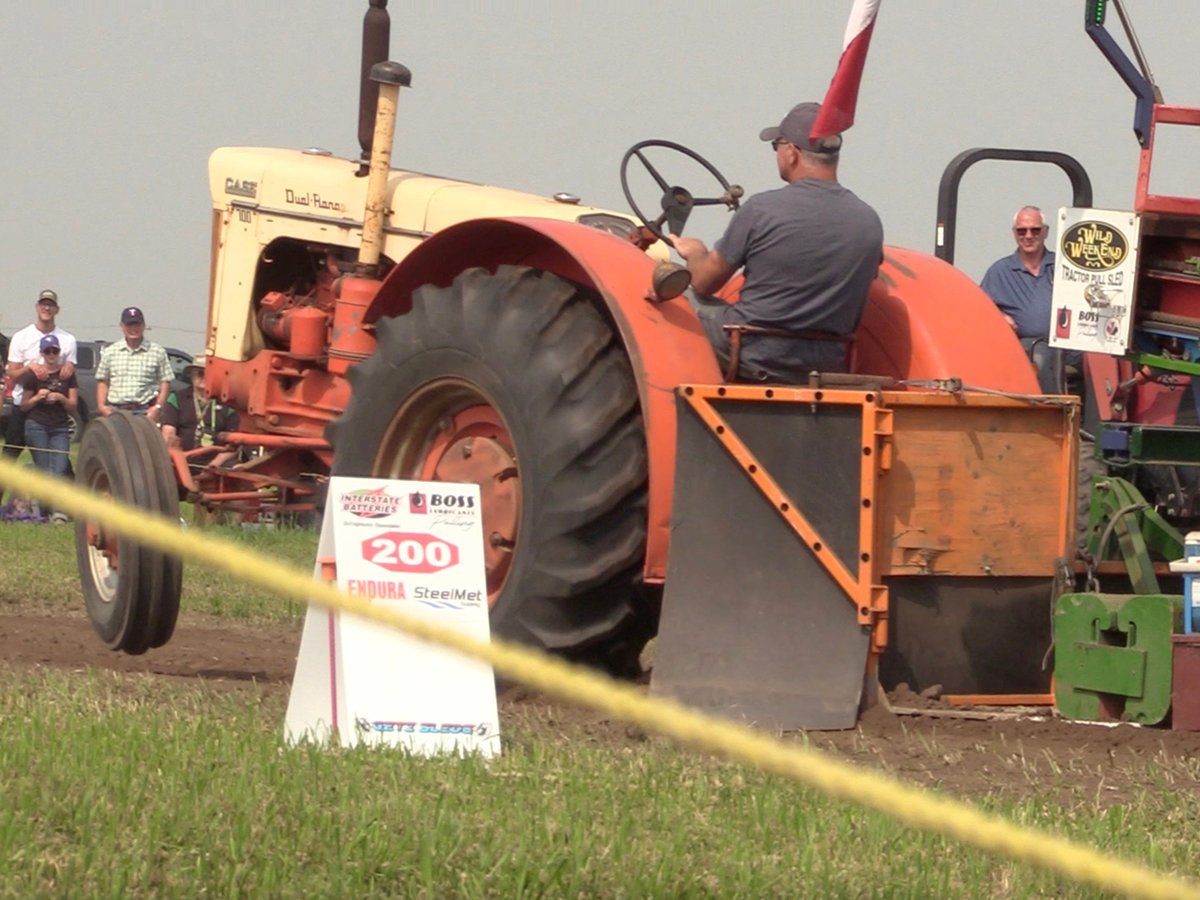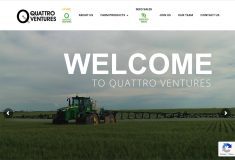The simplicity and accessibility of the AgriInvest program has made it a popular savings choice for Canadian farmers.
It is considered a low-risk, self-managed savings account that offers flexibility and liquidity in times of need and offered especially for farmers to weather production disruptions and small income declines through government contributions.
AgriInvest is an effective initiative that has positively helped farmers mitigate unexpected risks, allow for better cash flow and access additional funds to invest in capital improvements.
Read Also

Vintage power on display at Saskatchewan tractor pull
At the Ag in Motion farm show held earlier this year near Langham, Sask., a vintage tractor pull event drew pretty significant crowds of show goers, who were mostly farmers.
While the program’s core goals remain intact, it has rolled forward new requirements that have potential significant implications.
Let’s review the recent changes to AgriInvest, such as changes in the filing deadlines and the new environmental requirement and discuss strategies to manage these changes effectively.
Prior to the 2025 changes, the AgriInvest program has allowed deposits up to 100 per cent of the allowable net sales (ANS), while the government matches one per cent of ANS up to $1 million. Funds deposited in the account grow from government contributions and interest earned, while any withdrawals of Fund 2 (government contributions and interest earned) are taxable.
Starting with the 2025 program year, the new rules focus on revising the filing deadlines, with June 30, 2026, to be the initial deadline for 2025 program year without penalty and Sept. 30, 2026, as the final deadline with penalty.
The result of filing after the initial deadline is a five per cent reduction in the maximum matchable deposit for each month late. This directly affects the government contribution, which is the key benefit of the program.
It is imperative that you update your calendars with the updated deadline to avoid missing out on your access to government contributions.
Late filing could affect planning with less anticipated income coming in. Adjusting your records to match the key dates will come in handy to avoid these penalties.
The second change involves what is called the agri-environmental risk assessment (AERA) requirement.
Larger farms must now factor in environmental compliance, which adds complexity to the rules.
Farmers with average ANS of $1 million or more over the previous three program years (for example, 2022-24 for year 2025) are responsible in securing a valid and eligible AERA in place at some point during the fiscal year to be eligible to receive the matching government contribution.
If the AERA is not met, the most significant implication would be again, missing out on the government contribution or losing $10,000 or more of additional income.
If you’re forecasting to be within the threshold of $1 million or more in ANS, it is imperative that you take proactive steps to review the requirements and plan to complete a risk assessment to continue receiving the government contribution.
Furthermore, securing a valid AERA may require additional time, work and significant upfront costs toward consulting fees, documentation and further tests. Proper financial planning to allocate a budget to cover the initial fees is critical.
Navigating these changes can add more complications but it is crucial that you understand and stay informed about how these changes affect you to avoid penalties or foregone contributions.
Aside from additional funds, which may become useful during low yield season, the program offers opportunities for larger farmers to identify and address agricultural inefficiencies and risks, which can eventually lead to reduced costs and improved yields in the future.
It will be helpful for your farming operation to take diligent steps to monitor if you are reaching the threshold criteria.
Finally, reach out to your trusted advisers if you need professional advice on navigating the new AgriInvest program, accurate options to make informed decisions regarding risk assessments, proper reporting and timely submission to meet the new requirements.
Colin Miller is a chartered accountant and partner with KPMG’s tax practice in Lethbridge. Contact: colinmiller@kpmg.ca. He would like to thank Karrie Geremia and LG Thomson of KPMG for their assistance with writing this article.

















